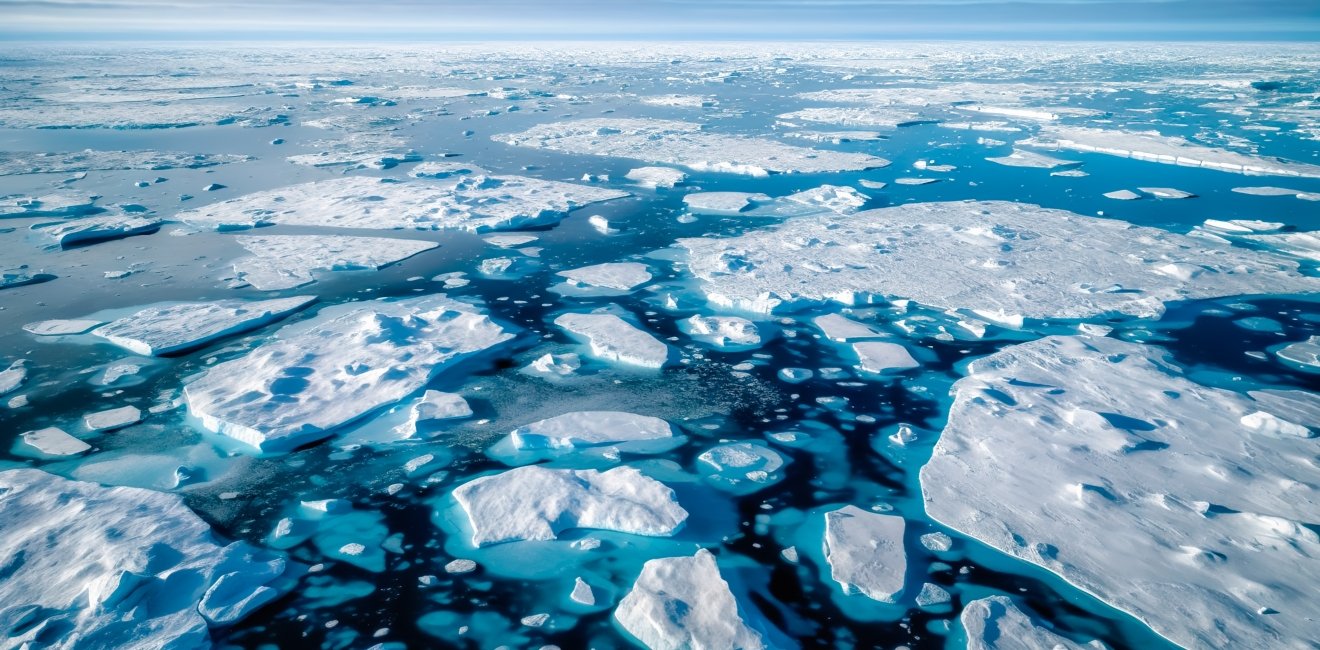On December 19, 2023, the United States Extended Continental Shelf Project, an Interagency body of the US Government led by the Department of State, published an Executive Summary of information documenting the limits of the US continental shelf across multiple regions: the Arctic, the Atlantic, Gulf of Mexico, Pacific, the Mariana Islands in the Western Pacific, and the Bering Sea off Alaska. This milestone caps nearly two decades of scientific, diplomatic, and legal teamwork between government and other experts, at times in cooperation with other coastal states. Indeed, when the five Arctic Ocean coastal states—the A5—were actively planning and mapping to collect data regarding their respective shelf entitlements, experts from Canada, Denmark/Greenland, Norway, Russia, and the United States regularly exchanged scientific and other information.
The United States now joins the rest of the A5 in indicating publicly the limits of their continental shelf. Unlike its A5 counterparts, however, the United States has not yet presented a submission package to the Commission on the Limits of the Continental Shelf (the CLCS). The CLCS is the expert body established by United Nations Convention on the Law of the Sea (UNCLOS) to provide scientific and technical review. As the Executive Summary states: “The United States will file its submission package with the Commission upon accession to the Convention. The United States is also open to filing its submission package with the Commission as a non-Party to the Convention, which would be in keeping with the Commission’s mandate.”
The United States Executive Summary and the decades of work that support it are consistent with international law and the global rules-based order for the oceans. How can this be, one might ask, when the United States has not joined UNCLOS? Yes, UNCLOS is an integral part of relevant international ocean law and codifies practices followed by states over time, but continental shelf rights are inherent for all coastal states, whether they are party to UNCLOS or not, and whether they make a proclamation as to those rights or not. Inherent coastal state rights are affirmed by UNCLOS itself, by the 1958 Convention on the Law of the Sea to which the United States is party, and by decisions of international courts and tribunals. In addition, it is up to every coastal state—not the CLCS—to ultimately determine and publish the full extent of its continental shelf, even after receiving recommendations from the CLCS.
The United States “has vigorously supported the Convention’s provisions since shortly after its adoption in 1982,”* and has rigorously adhered to the technical provisions of UNCLOS Article 76, sections (1)-(7), which are also customary international law. Those carefully negotiated sections specify how coastal states are to demonstrate the limits of their continental shelves “beyond 200 nautical miles from the baselines from which the breadth of the territorial sea is measured” (known colloquially as the Extended Continental Shelf or ECS, even though the term does not appear in the Convention). The Executive Summary details how the United States has adhered to the relevant provisions of UNCLOS and states that the submission package prepared for future presentation to the CLCS “was prepared consistent with the Commission’s Scientific and Technical Guidelines and provides detailed information on the outer limits of the U.S. extended continental shelf”.
While Article 76(8) identifies the CLCS procedurally as the body to review the information submitted by “coastal States,” the United States has chosen not to present a submission to the Commission at this time.International law does not mandate this decision, which instead appears to reflect practical diplomatic and procedural considerations by the United States. It also demonstrates the United States’ respect for the Commission, UNCLOS itself, and customary international law regarding how parties and non-parties to UNCLOS use the Convention to maintain a stable and equitable international order.
The United States’ publication of its Executive Summary does not preclude and, indeed, anticipates eventual consideration by the CLCS of the limits presented by the United States, whether as a Party or non-Party. It also avoids without prejudice any potential objections that other states may have to a non-party using the CLCS process despite UNCLOS containing no such prohibition. Further, it acts affirmatively on the previously noted rule that each state, not the CLCS, makes the final determination of the limits of its continental shelf.
The one result the United States foregoes for now is not being able to establish its continental shelf limits on the basis of CLCS recommendations. UNCLOS Article 76(8) specifies that doing so makes the limits “final and binding” but that phrase is defined neither in the Convention nor in customary international law. While the CLCS recommendatory basis for a state’s outer limits strengthens broad recognition of territorial rights in the rules-based international order, certainty as to those rights is still years away, at least in the Arctic. Of the A5, to date only the Russian Federation has deposited outer limits information based on CLCS recommendations with the UN Secretary General as specified by Article 76(9) (and only for the Okhotsk and Barents Seas beyond the Arctic). Norway, Canada, and Denmark in respect of Greenland are either awaiting recommendations or have not yet deposited outer limits information for the Arctic. In addition, the CLCS will likely need one or two decades to work its way through the fifty-plus State submissions currently filed and awaiting recommendations before it could even turn to a U.S. submission.
By publishing the Executive Summary of the limits of its ECS now, the United States protects important national interests and continues the transparency it has provided since it began ECS mapping. It also offers an early starting point for whatever scientific and diplomatic discussions will be necessary to reach a final understanding of all coastal States’ continental shelf rights in the Arctic.
*Kevin A. Baumert, The Outer Limits of the Continental Shelf Under Customary International Law, American Journal of International Law, 111:4 (2017), 827-872, 855.
Author


Polar Institute
Since its inception in 2017, the Polar Institute has become a premier forum for discussion and policy analysis of Arctic and Antarctic issues, and is known in Washington, DC and elsewhere as the Arctic Public Square. The Institute holistically studies the central policy issues facing these regions—with an emphasis on Arctic governance, climate change, economic development, scientific research, security, and Indigenous communities—and communicates trusted analysis to policymakers and other stakeholders. Read more

Explore More
Browse Insights & Analysis
Fulbright Arctic Initiative IV Scholar at the Polar Institute

Trump 2.0’s Arctic Opportunity: Thawing Frozen Dialogue




